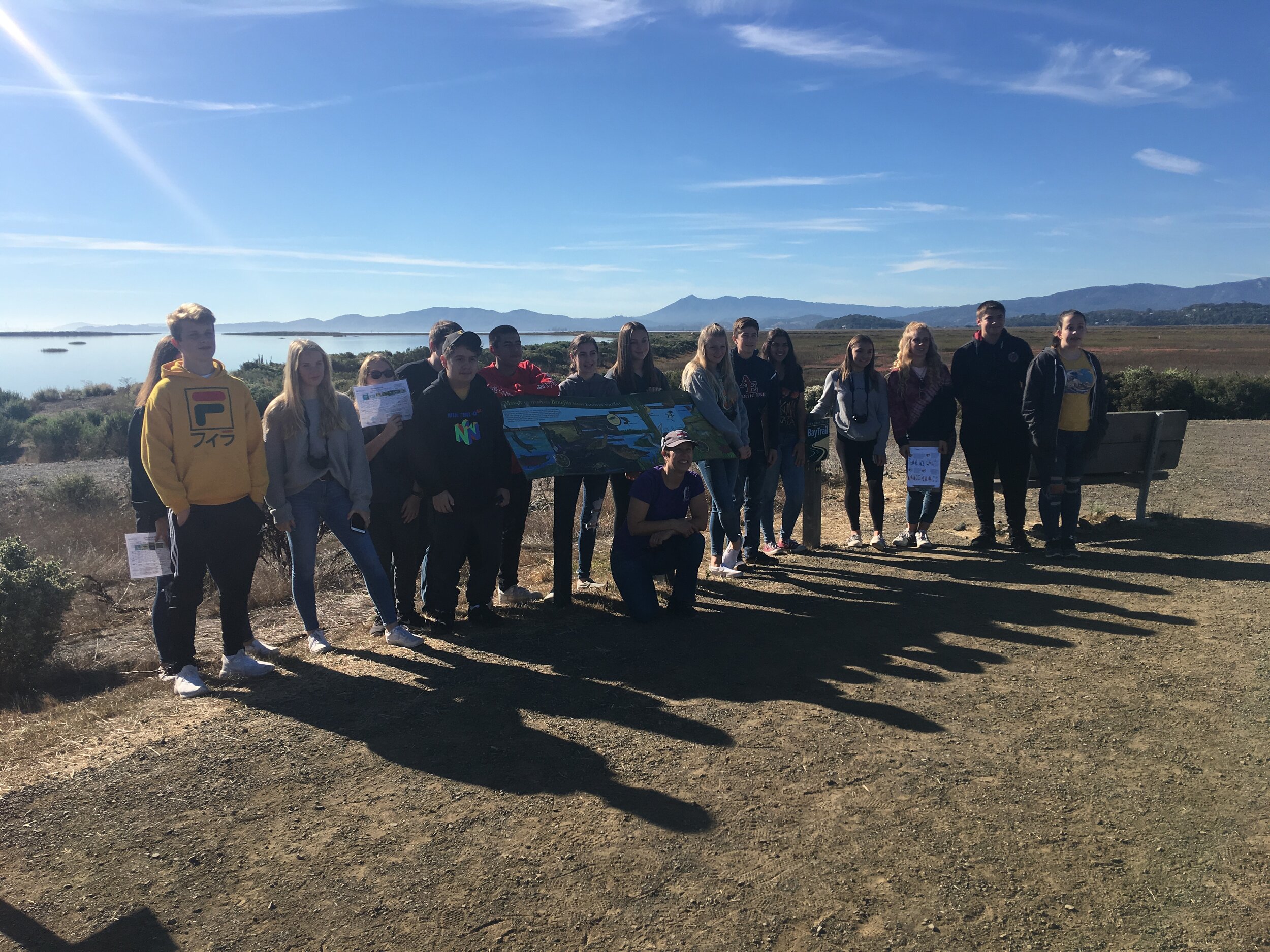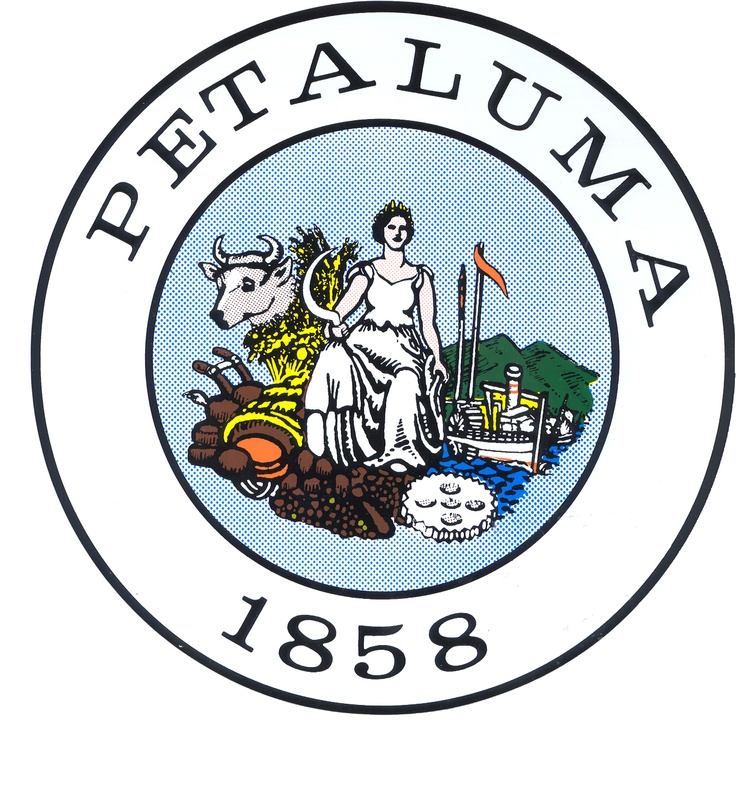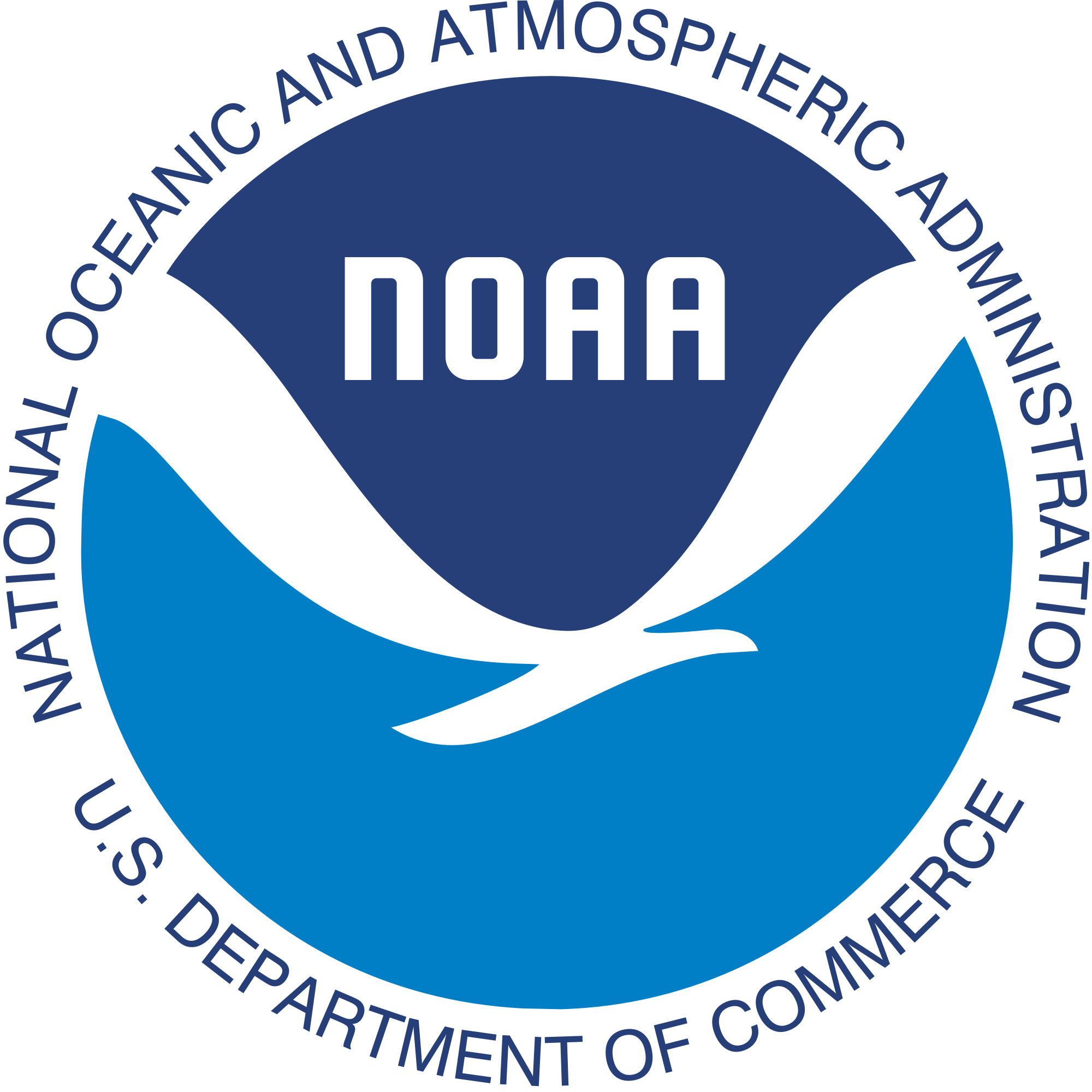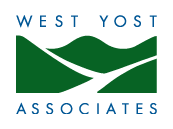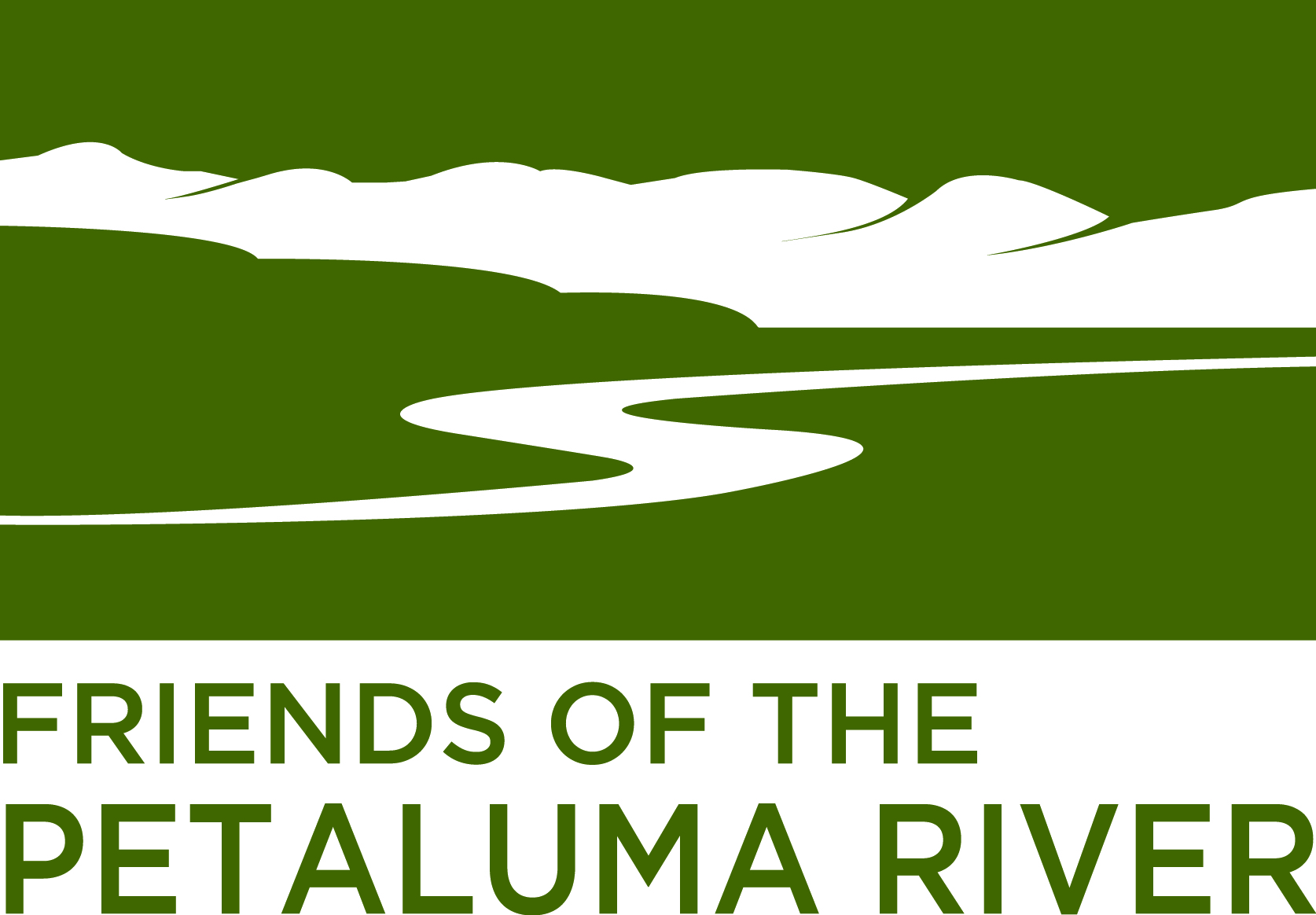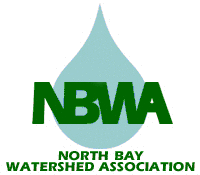Archived Projects
LAFFERTY ASSESSMENT
Photo by Scott Hess, Friends of Lafferty Park Website
Participating Schools: Casa Grande High School
Lead Teachers: Todd Adams, Sten Mander, Katie Tobin
Participating Classes: 9-12th
Subject: Physical Science & AP Environmental Science
Overview: What sensitive resources exist at the Lafferty parcel and what actions could be taken to improve the environmental quality? Students will map vegetation types and characterize them in terms of species abundance and presence of invasive non-native species. Students will also conduct monitoring of mammal, bird, insect, and herptile species. Students will also conduct water quality monitoring to evaluate the health of aquatic habitats.
Curriculum Highlights
Key Learning Objectives: What sensitive resources exist at the Lafferty parcel and what actions could be taken to improve the environmental quality? Students will map vegetation types and characterize them in terms of species abundance and presence of invasive non-native species. Students will also conduct monitoring of mammal, bird, insect, and herptile species. Students will also conduct water quality monitoring to evaluate the health of aquatic habitats.
Fieldwork Activities
Field work will be conducted by small groups of students (6-12) after school and on weekends. We are planning a minimum of 12 field days to collect the data required for our assessment. Field work will involve collecting and analyzing water samples and benthic macro invertebrates, conducting transects to characterize vegetation types, trapping and photographing mammals, collecting and identifying insects, and observing birds.
CA Curriculum Standards Addressed
HS-ESS2-5: Plan and conduct an investigation of the properties of water and its effects on Earth materials and surface processes.
HS-LS2-2: Use mathematical representations to support and revise explanations based on evidence about factors affecting biodiversity and populations in ecosystems of different scales.
